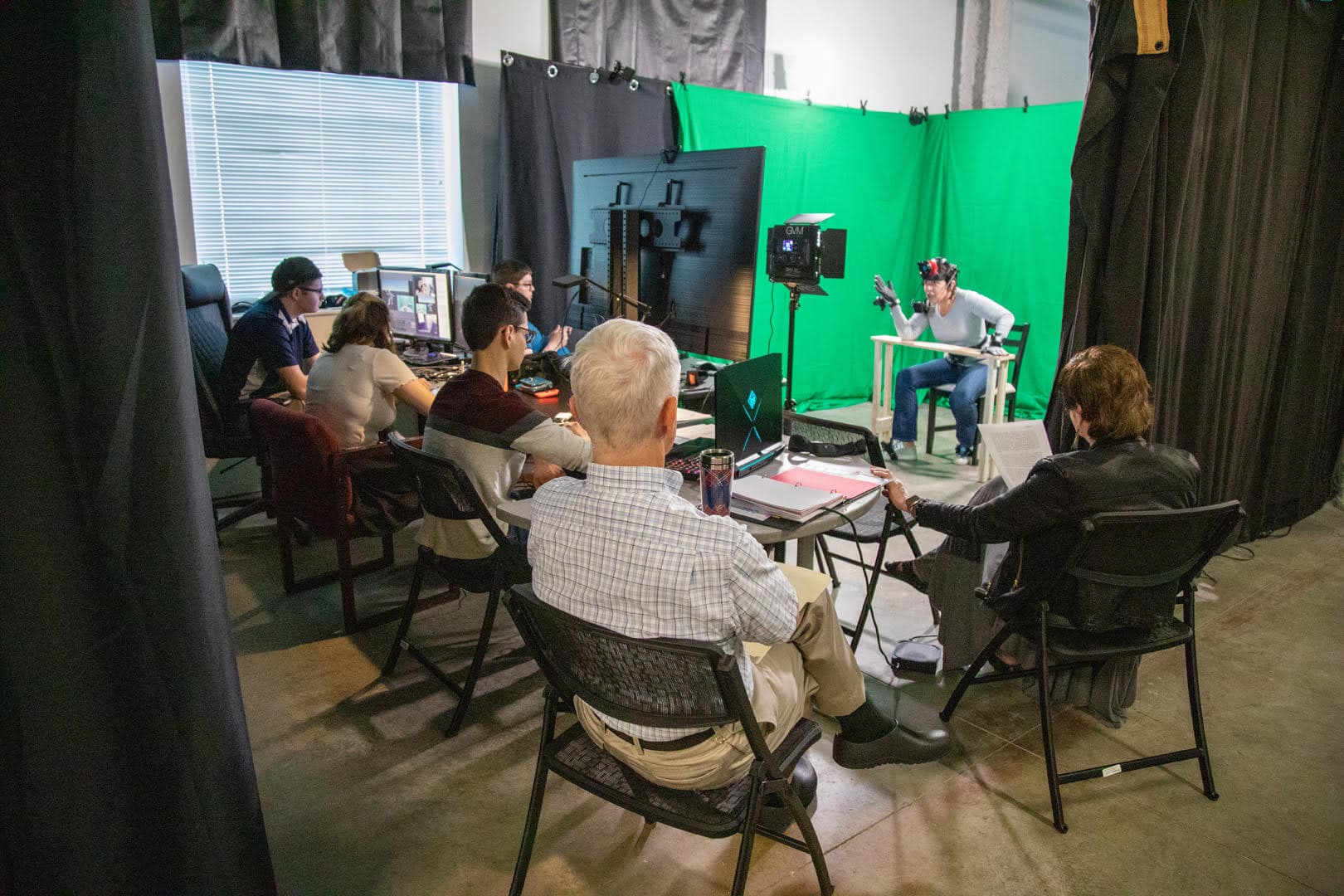Games can entertain, occupy, and captivate. Games can also teach. Trevor Owens and Jim Safley at George Mason’s Center for History and New Media recognized the educational value of games and how games can “promote humanities learning,” and so they created the Playing History web site.
The site offers a database of 126 “free historical games, interactives and simulations on the web,” and plans to keep adding more. Visitors to the site can search for games, view featured games, and suggest new games to be added to the database. But perhaps the best aspect of this site is the opportunity to rate and review games, and read others’ responses as well (though some responses are more helpful than others).
The profiles for each game on the site offer basic but helpful information:
- Game name
- Rating
- Description
- Publisher
- URL
- Time Period
- Tags
- Grade Level
- Cost
- Game Length
Take, for example, the “Do I have a Right” game from the Our Courts web site (which we highlighted recently). On Playing History the game has been rated six times and has received an average of 5 out of 5 stars. Its profile explains how to play:
Do I Have a Right? explores the Bill of Rights in the context of operating and growing a Constitutional law firm from obscure to distinguished status. Hire lawyers with special talents and areas of expertise and assign them to distraught clients with legal quandaries of varying validity. Wield the Bill of Rights like a high power microscope, examine a variety of fun and quirky legal cases, and ultimately become a prestigious purveyor of expert legal advice.
Just a glance or two more and you learn that the game is published by Filament Games and Our Courts, covers the time period of 1770-2009, is recommended for grades 6-13, is short in length, and is free.

Image from Do I Have a Right?
Some other history games on the site you may want to check out include Time Lord, a “flash based board game where students answer historical questions to compete head to head.” Or, A Brush with History, a site from the National Portrait Gallery that challenges students to learn about famous portraits. Or for younger students, The Jamestown Online Adventure, which one commenter notes is, “Easily do-able in a class period. After the game play, it has a nice section on the decisions the colonists actually made.”
Let us know in the comment section about your experiences or advice about using history games in the classroom.
This post first appeared on AHA Today.
This work is licensed under a Creative Commons Attribution-NonCommercial-NoDerivatives 4.0 International License. Attribution must provide author name, article title, Perspectives on History, date of publication, and a link to this page. This license applies only to the article, not to text or images used here by permission.


